

The last major console release of 2010, Disney Epic Mickey arrives bearing a number of noteworthy distinctions. It is the first game from legendary game designer Warren Spector’s Junction Point Studios, a flagship title for publisher Disney Interactive Entertainment, and a reintroduction to one of the most popular and influential characters in the history of American popular culture. Given the weight of expectations that surround it, how does Disney Epic Mickey fare? Read on for Game Rant’s full review.
Disney Epic Mickey is ostensibly a 3D platformer, though that definition doesn’t really do the game justice. It is also a 2D platformer, and further acquires some role playing conventions as it progresses. It includes a morality system, and most tasks in the game have more than one solution, which serves to give Disney Epic Mickey real depth, and helps elevate the game above its faults.
The game trades on the history of Disney animation, most obviously in the 2D levels that pay loving tribute to Mickey’s film past. These pop up regularly during the course of the adventure, and serve as passages from one 3D area to another. The motion and aesthetics of Disney’s earliest cartoons are marvelously well recreated, and the sheer strangeness of their visual style is striking. These stages are often extremely simple to navigate, and require only that players make it from one side to the other. However, as with nearly every facet of the game, there are side goals for players who wish pursue them — in this case, collecting hidden film canisters that unlock bonuses (including two full length cartoons) when Mickey finally reaches the game’s hub-world, Mean Street.
However, players will need to invest hours in the game before making it that far. Epic Mickey’s opening stages are the least interesting parts of the game, and may discourage seasoned players from continuing. They are overly easy, made almost comically so by the constant hand holding provided by Mickey’s gremlin sidekick, Gus. Every goal is explicitly spelled out, spelled out again as each step toward its completion is accomplished, and then recapped. Players will have to make significant progress before Gus lays off on the intrusively over-done hints. Still, the early stages serve to introduce the game’s mechanics, including paint and thinner.
Micky has come to Wasteland, an alternate-reality Disneyland full of forgotten characters, with a magic paint brush capable of dispensing both paint and thinner. Paint can fill in missing parts of objects, and can be used to turn some enemies into allies. Thinner, on the other hand, can erase some things in Wasteland, and can dissolve enemies. Mickey’s decisions to fix things with paint or destroy them with thinner, and whether to convert enemies or annihilate them, has an impact on how the residents of Wasteland react to him. It’s a simple morality system that plays out constantly.
After traversing the lengthy, dull introductory stages of the game, Mickey finally reaches Mean Street and things begin to pick up. Mean Street is a recreation of Disneyland’s Main Street, and from this point forward, the game is as much a celebration of Uncle Walt’s theme park as it is his characters. Indeed, players who have never made the trip to Anaheim will be missing out on myriad references made in the game, from the interior design of the Ice Cream Shop to the way that the Bog Easy stages resemble not just New Orleans Square in Disneyland, but specifically the view from the Blue Bayou Restaurant inside the Pirates of the Caribbean attraction.
Not until Mickey reaches Mean Street do the game’s RPG elements come to the fore, and though they are almost entirely optional and largely play out as fetch quests, they bring a lot of life to the proceedings. Mickey can choose to help the citizens of Mean Street and its connected worlds with detective work, cake baking, and more. Many quests can be completed almost instantly, others will consume much of the rest of the game, and require that Mickey travel back and forth between different zones, sometimes repeatedly.
It is also at this point that the paint and thinner mechanics begins to be exploited more fully. Earlier in the game, they are basically used as an accessory to platforming, but once Mickey journeys to OsTown, the first of Mean Street’s connected worlds, thinning the environment to uncover hidden goals or restoring it with paint becomes important, and remains so for the rest of the experience.
From here on out, the game gets better and better, with denser stages and far more side quests for players to discover. When everything coalesces, as with a glorious boss fight against an animitronic Captain Hook, Disney Epic Mickey is the equal of any game this year. The fight exploits everything that is good about the game: Mickey can choose whether to straight up fight robot Hook on the deck a large and beautifully detailed sailing ship, or to climb through a maze of sails, painting and thinning as he goes to create a path toward the imprisoned Sprite (Tinkerbell, though she is never named), who will return with Pete (no, not Peter) Pan and vanquish Hook.
The game largely maintains its momentum for the rest of its playtime, though the drawn out end sequences, replete with cheap instant deaths, take some of the shine off the experience. Still, the ending movie, which is tailored to the choices Mickey makes and the side quests he completes during the game, is a great reward for players who finish Epic Mickey’s lengthy quest.
Sadly, the experience is marred by some dated design choices and especially by a truly poor camera. Within a given world, Mickey may be given a quest that takes, say, four steps to complete. Often, if Mickey completes three of these steps but then dies, he must start the entire process over again, which feels notably archaic. Other times, players may stumble upon secondary paths, only to find they ultimately lead nowhere useful. But no problem in the game is as troublesome as the camera.
Disney Epic Mickey often asks players to navigate platforms and ledges nimbly, lest they fall into a pit of thinner and perish. Unfortunately, the game’s camera often resolutely refuses to be positioned in such a way that players can see where they need to jump. Camera control is assigned to the Wii Remote’s digital pad, and players will have to get used to adjusting it constantly if they hope to finish the game. In the latter half of the game, when Mickey faces foes who must be battled, players will regularly find themselves strafing with the Nunchuck’s analog stick, aiming with the pointer of the Wii Remote, and adjusting the camera with the digital pad simultaneously. It’s uncomfortable and imprecise, and for some players may prove to be entirely unmanageable. It is difficult to overstate what a detrimental impact Epic Mickey’s camera has on the game. It is a major flaw that simply can not be ignored.
Other technical aspects of the production fare better. The score, for instance, is simply wonderful — among the best of any game this year. Fully cinematic, with memorable melodies and themes, perfectly suited to the onscreen action while subtly reinforcing the melancholy undercurrents of the game’s story, Disney Epic Mickey’s score is masterful.
Graphically, the game is mostly a success. Geometry and texture detail are fantastic, and the game does a tremendous job of recreating Disney’s flat characters in three dimensions. In a nice touch, Mickey himself is drawn so that his iconic silhouette — one large and two small circles — is visible no matter the angle he is viewed from. The portions of Disneyland recreated for the game are clever, affectionate abstractions of their real-world incarnations, and lend a palpable sense of place to the game’s locations. Unfortunately, too much of the game is draped in a dingy color pallet, used to suggest the decay of Wasteland, that robs Epic Mickey’s graphics of vibrancy.
Despite its shortcomings, Disney Epic Mickey remains worth recommending. The camera is a major obstacle, and the game is slow to hit its stride, but at its best, it’s an imaginative, engaging title that combines a number of genres into a fresh, and surprisingly affecting experience.
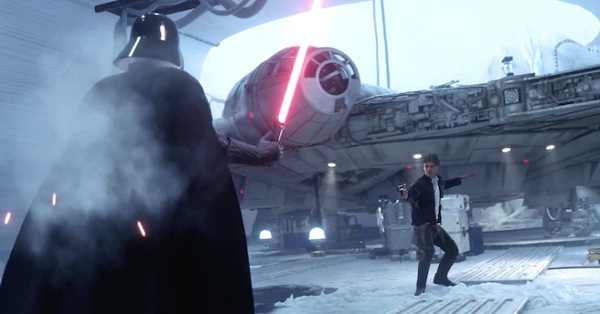
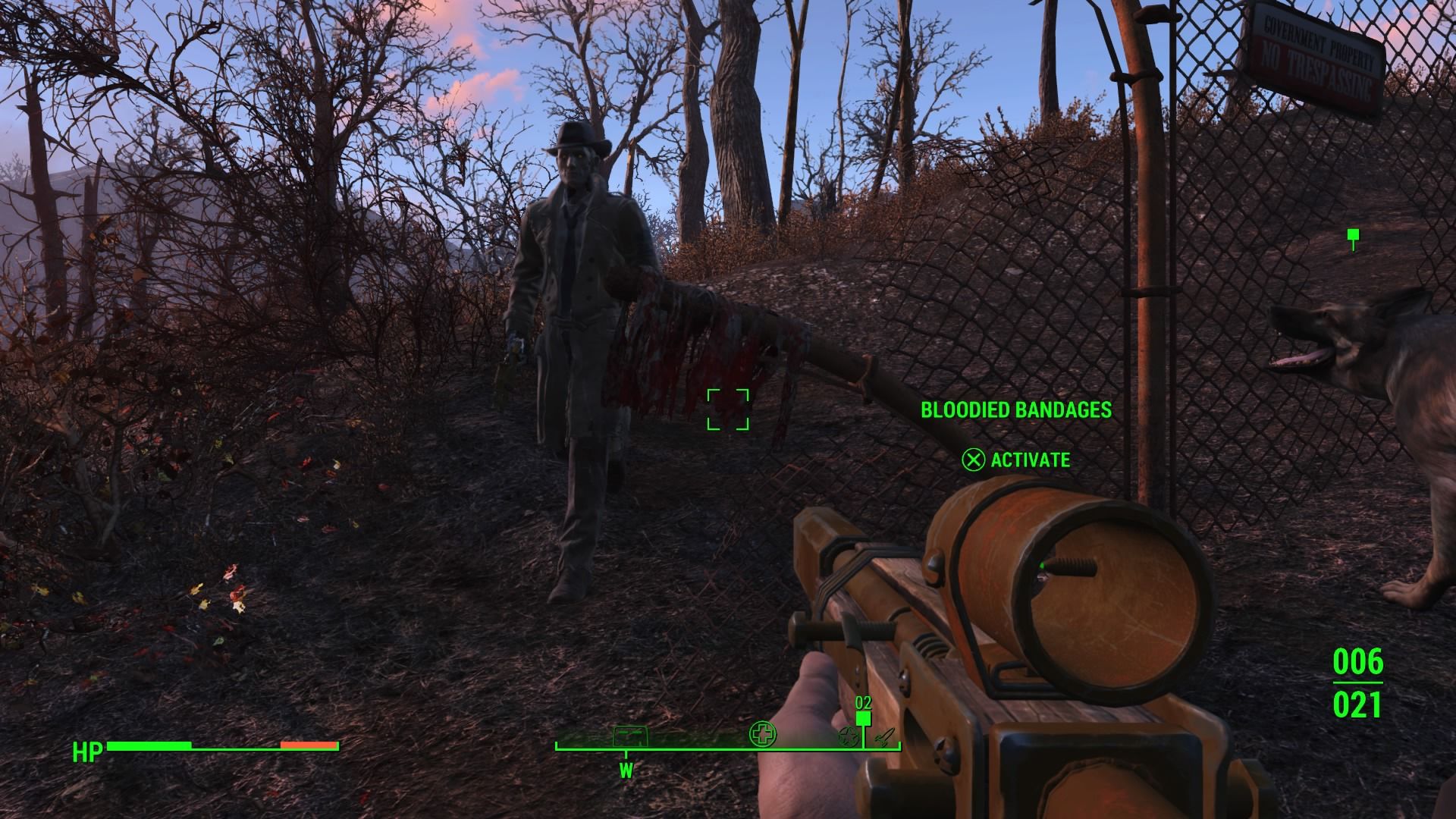
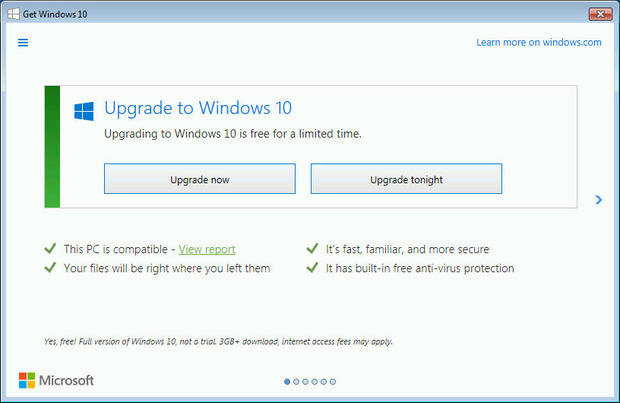

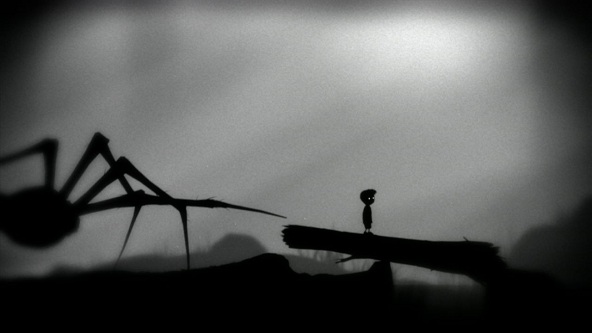 Limbo Walkthrough [W/ James!]
Limbo Walkthrough [W/ James!]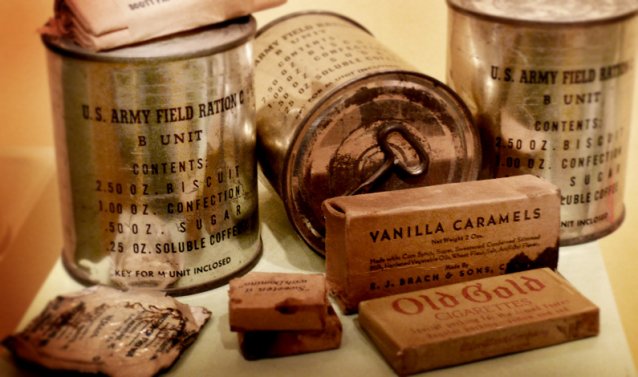 Three Things at E3 that Need to Stop, Part 2: Quit Starving Your Journalists
Three Things at E3 that Need to Stop, Part 2: Quit Starving Your Journalists Unlocked Nexus 6 for $249.99 and Other Can't-Miss Deals
Unlocked Nexus 6 for $249.99 and Other Can't-Miss Deals Moonster Safe Walkthrough
Moonster Safe Walkthrough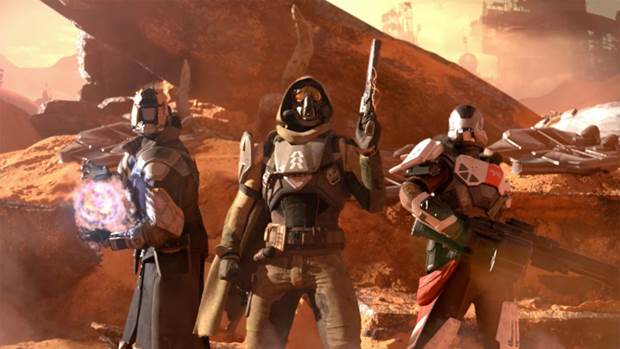 Destiny Guide: How to earn Ascendant Shards and Energy Fast
Destiny Guide: How to earn Ascendant Shards and Energy Fast